
Month: October 2015

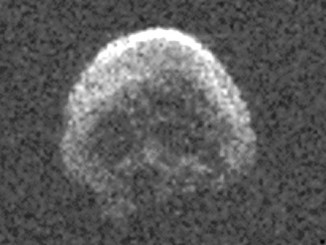
Skull-shaped Halloween close fly-by object is likely a dead comet
Somewhat appropriately spooky for Halloween in recent radar images, 600 metre-wide near-Earth object 2015 TB145 dashes by our planet today. Now believed to be a dead comet that has shed its volatiles after numerous passes around the Sun, the object makes its closest approach to Earth at 5pm GMT. UK observers with clear skies may see it with modest telescopes in the early evening.
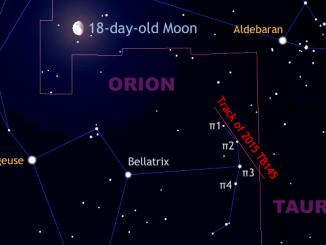
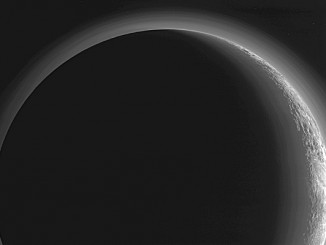
New Horizons returns full view of Pluto’s stunning crescent
In September, the New Horizons team released a stunning but incomplete image of Pluto’s crescent. Thanks to updated processing work by the science team, New Horizons is releasing the entire, breathtaking image of Pluto. The team also released images showing extended mapping of the dwarf planet’s “heart” feature and young craters on Pluto’s largest moon, Charon.

Q Continuum computer simulation models birth of universe
Researchers are sifting through an avalanche of data produced by one of the largest cosmological simulations ever performed. The simulation, run on the Titan supercomputer at the U.S. Department of Energy’s Oak Ridge National Laboratory, modelled the evolution of the universe from just 50 million years after the Big Bang to the present day.

See the Moon score a Bull’s-Eye in Taurus on 29 October
On Thursday, 29 October, observers in the British Isles with clear skies and armed with binoculars or small telescopes can see the waning gibbous 17-day-old Moon occult first-magnitude star Aldebaran, the ‘Eye of the Bull’ in the constellation Taurus. The star slips behind the Moon soon after 9:45pm GMT and reappears at the darkened lunar hemisphere about an hour later.

Surprising discovery of molecular oxygen on comet 67P
ESA’s Rosetta spacecraft has made the first in situ detection of oxygen molecules outgassing from Comet 67P/Churyumov-Gerasimenko, a surprising observation that suggests they were incorporated into the comet during its formation. This may have implications for our understanding of the chemistry involved in the formation of the solar system some 4.6 billion years ago.
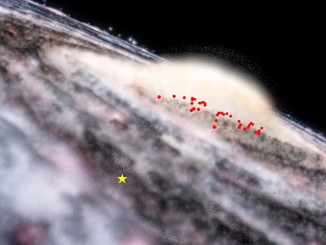
VISTA telescope discovers new component of Milky Way
Astronomers using the VISTA telescope at ESO’s Paranal Observatory have discovered a previously unknown component of the Milky Way. By mapping out the locations of a class of stars that vary in brightness called Cepheids, a disc of young stars buried behind thick dust clouds in the central bulge has been found.
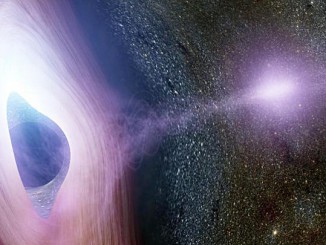
Black hole Markarian 335 has major flare
The baffling and strange behaviours of black holes have become somewhat less mysterious recently, with new observations from NASA’s Explorer missions Swift and the Nuclear Spectroscopic Telescope Array, or NuSTAR. The two space telescopes caught a supermassive black hole known as Mrk 335 in the midst of a giant eruption of X-ray light.
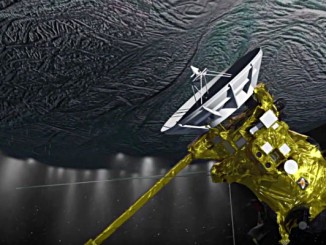
Cassini ready to dive deep into Saturn moon’s erupting water plume
On Wednesday, 28 October 2015, NASA’s Cassini spacecraft will take the deepest dive ever through the plume of ice, water vapour and organic molecules spraying from the south polar region of Saturn’s moon Enceladus. Scientists hope this close flyby will shed light on what’s happening beneath the moon’s icy surface. With a global ocean and likely hydrothermal activity, could Enceladus have the ingredients needed to support simple forms of life?
